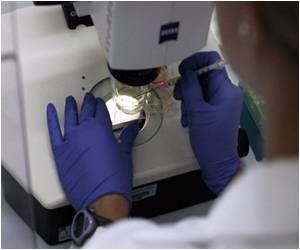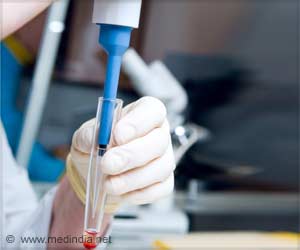Researchers have developed a tool that allows caregivers to quickly and accurately predict the risk of death in children with septic shock.

Reporting their results Jan. 29 in PLOS ONE (published by the Public Library of Science), researchers say the study validates a tool that would let doctors decide much faster which severely sick children need to receive aggressive life-saving therapy.
The multi-institutional study was led by Hector Wong, MD, Director, Division of Critical Care Medicine at Cincinnati Children's Hospital Medical Center, and Christopher Lindsell, PhD, Department of Emergency Medicine at the University of Cincinnati College of Medicine.
"Understanding the risk of mortality at an early time point is fundamental for clinical practice and clinical research. Without this objective information, we have nothing concrete to help us guide decisions on which patients need the most aggressive treatment," Wong said.
"The tool is useful for more than just making decisions on individual patients. It could be used to help decide which patients could benefit from being enrolled into clinical trials, as well as to measure the quality of care, he added. "If a patient that is predicted not to do well survives, it is a marker that the treatment worked. The ability to estimate outcome risk is absolutely critical to all of these objectives."
The researchers have named the diagnostic tool PERSEVERE. It measures five biomarkers (proteins that can be measured in blood samples) and combines this with information about the patient to estimate the probability the child won't survive the illness. Based on their earlier research, which included extensive genetic screening and analysis, the researchers said detection of the biomarkers serves as a highly sensitive indicator of severity.
Advertisement
In the current study, the authors tested the tool on a new group of 182 pediatric patients from the intensive care units of 17 pediatric institutions. The diverse group of study participants from age 1 to 13 years covered a wide range of different conditions and illness severity. All were tested within 24 hours of admission to intensive care.
Advertisement
As a follow up to the current study, Wong said the research team continues to study and advance development of the diagnostic tool to facilitate its routine use in critical care in children, and to see if it works in adults. Wong and the Cincinnati Children's Hospital Research Foundation (with Lindsell named as a co-inventor) have submitted a provisional patent application for PERSEVERE. Other authors in the study had no competing interests to report.
Source-Eurekalert










